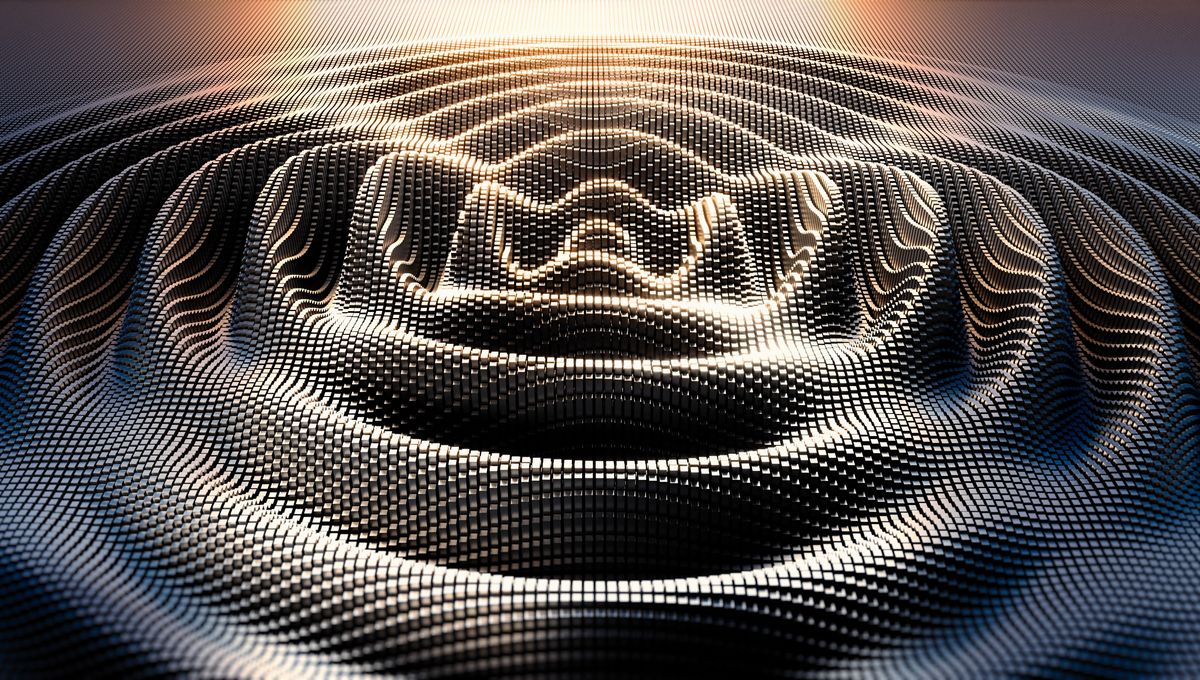
The first light free to move through the universe is what we now call the cosmic microwave background, emitted 380,000 years after the Big Bang. Before then, photons – the particles of light – were constantly interacting with matter, so we can’t use light to see what happened back then. But gravitational waves were already moving freely, and physicists have long supposed that one day we might use them to study this mysterious time period. And now a team has got the mathematical tools to use gravitational waves for exactly that endeavor.
The starting point of this work is trying to understand how gravitational waves interact with matter. These waves are going through everything including us, but they squish us or pull by a fraction of the size of an atom. That’s why we need extremely sensitive detectors to measure them. But they still interact with matter, and we can study if and how those interactions are measurable.
“We have some formulas now, but getting meaningful results will take more work,” lead author Deepen Garg, from the Princeton Plasma Physics Laboratory, said in a statement. “We can’t see the early universe directly, but maybe we can see it indirectly if we look at how gravitational waves from that time have affected matter and radiation that we can observe today.”
The starting point for the work is not about gravitational waves at all, but about plasma physics in nuclear fusion reactors. Nuclear fusion is what powers stars and might one day provide us with carbon-free electricity (if we can build upon the breakthrough of a couple of months ago). And it turns out that some of the equations that govern one can be modified to explain the other.
“We basically put plasma wave machinery to work on a gravitational wave problem,” Garg said.
Gravitational waves are changes in space-time and they are not absorbed by anything. There is nothing in the universe that casts a shadow. But the researchers suggest that the various characters in the universe, from black holes, to neutron star collisions, to planets and stars, will affect these waves. By studying gravitational waves, we can gain insight into the behavior of those celestial bodies and events that we wouldn’t be able to otherwise. And to think, the researchers did not start this project with any grand plan.
“I thought this would be a small, six-month project for a graduate student that would involve solving something simple,” added co-author Ilya Dodin, Garg’s doctoral advisor. “But once we started digging deeper into the topic, we realized that very little was understood about the problem and we could do some very basic theory work here.”
The research is published in the Journal of Cosmology and Astroparticle Physics.
Source Link: Gravitational Waves Might Let Us See When Time Actually Started